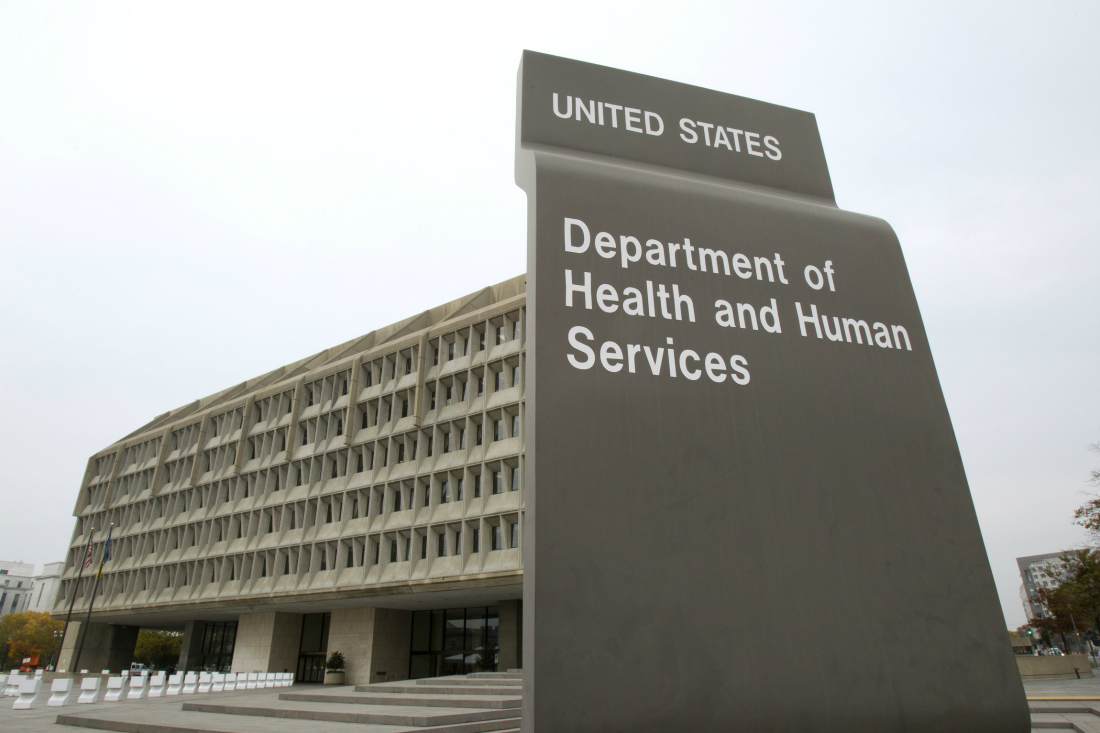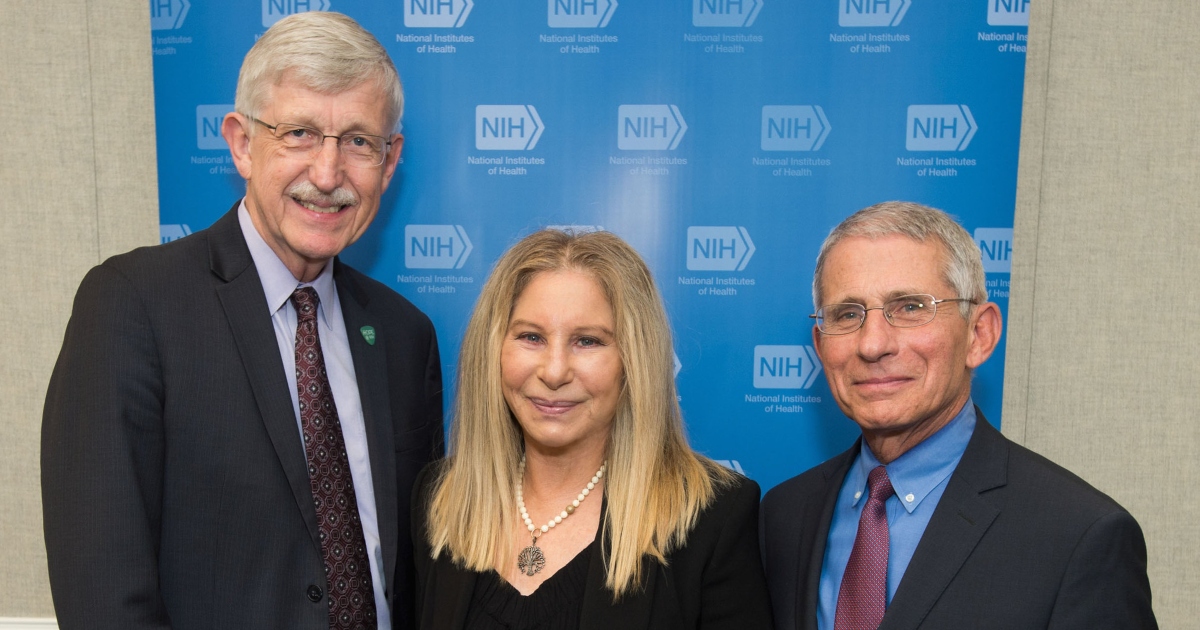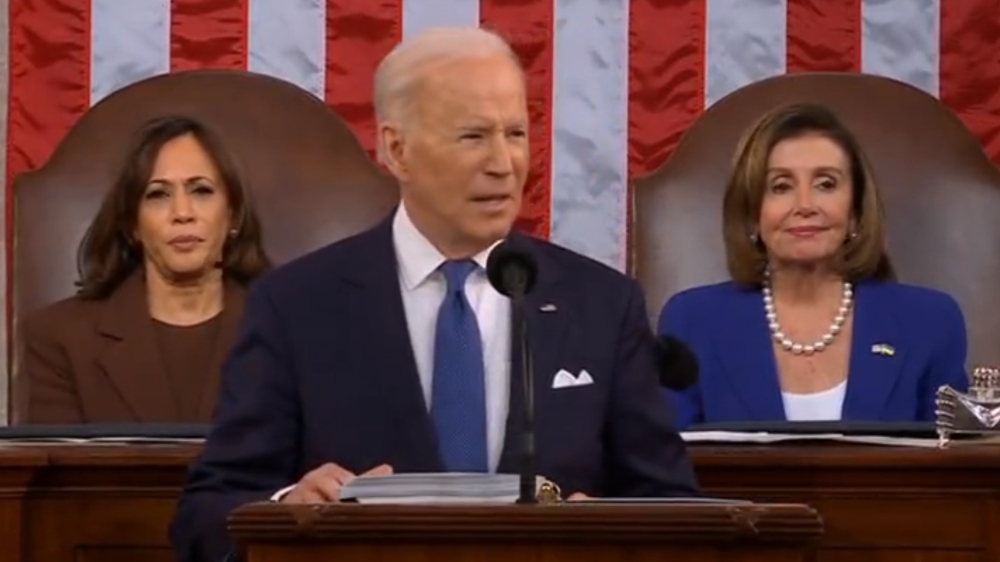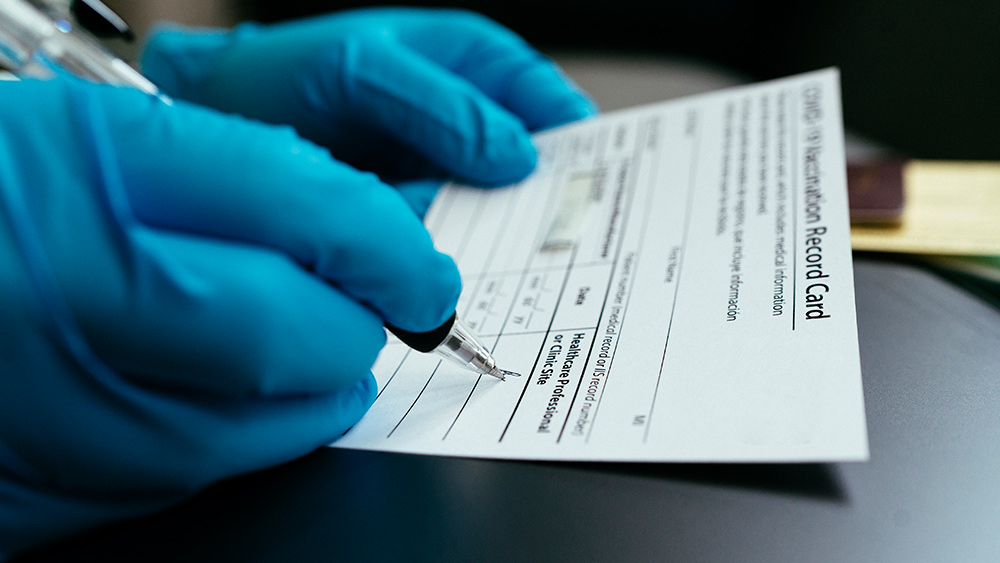NAC found to protect kidneys against VENOM damage (no wonder FDA wants to ban it)
04/26/2022 / By Ethan Huff

A 2014 study published in the journal Toxicon shows that N-acetyl-L-cysteine (NAC) is a powerful remedy against animal venom poisoning.
Researchers from Instituto Butantan in Brazil studied the effects of NAC on mice injected with Bothrops jararaca (a highly venomous pit viper snake) and Crotalus durissus terrificus (tropical rattlesnake) venoms. Since NAC is a well-known nephroprotective antioxidant with low toxicity, the researchers figured it might be a powerful remedy – and they were right.
“In controls, NAC was found to promote hypercreatinemia, hypouremia, hyperosmolality with decreased urea in urine, hyperproteinuria, decreased protein and increased dipeptidyl peptidase IV (DPPIV) in membrane-bound fraction (MF) from renal cortex (RC) and medulla (RM),” the study explains.
“NAC ameliorated or normalized altered creatinuria, proteinemia and aminopeptidase (AP) acid in MF, AP basic (APB) in soluble fraction (SF), and neutral AP in SF and MF from RC and RM in vBj envenomation. NAC ameliorated or normalized altered neutral AP in SF from RC and RM, and DPPIV and protein in MF from RC in vCdt envenomation. NAC ameliorated or restored renal redox status respectively in vCdt and vBj, and normalized uricemia in both envenomations.”
Based on this, the researchers concluded that the data is “promising,” and that NAC deserves more clinical evaluation as a potential co-adjuvant in anti-serotherapy. In short, NAC appears to be a powerful remedy for snake and other venomous animal bites.
NAC is a miracle nutrient, and the FDA doesn’t want you to have it
Another study published more recently in Toxicon arrived at similar conclusions after evaluating the effects of NAC as a polyvalent anti-venom against Lachesis muta muta (South American bushmaster).
Researchers once again from Brazil found that NAC prevents venom-induced myotoxicity both locally and systemically. NAC also attenuates the venom-induced inflammatory response while also preventing venom-induced skeletal muscle, hepatic and renal tissue damage.
In this study, researchers administered NAC to rats that were poisoned with South American bushmaster venom. They then collected blood and tissue samples for evaluations.
They found that NAC successfully reduces the extent of myonecrotic lesions and prevents the occurrence of subcutaneous hemorrhage. Venom-induced creating kinase (CK) was also significantly prevented by NAC alone or in combination with an anti-venom.
This is probably why the U.S. Food and Drug Administration (FDA) is desperately trying to ban NAC as a dietary supplement, arguing that it is an unapproved “drug.”
“NAC is a selective immune system enhancer, and, as mentioned above, helps remove free radicals, which contribute to neurogenerative diseases and aging,” says the Alliance for Natural Health USA (ANH-USA), which is urging the public to contact the FDA to oppose any potential ban.
“NAC is also a precursor to glutathione, one of the body’s most important antioxidants. Glutathione plays crucial roles in human health, particularly in detoxification.”
You can contact the FDA at the ANH-USA website.
In the comment section of our own action alert opposing a NAC ban, one reader suggested that Americans also contact their legislators to urge them to protect NAC and any other safe and effective dietary supplement that the FDA might try to go after next.
“Health Freedom is our right and like everything else it is a constant fight,” this person added. “The ANH-USA Action Alert Page is a quick, easy way to fight back on many health freedom issues. Please do your part.”
Another wrote that while many legislators have been bought off by Big Pharma, they still need to hear from Americans in large numbers. If they know people are paying attention, they are less likely to sell out for fear of being ousted.
More related news can be found at Cures.news.
Sources for this article include:
Submit a correction >>
Tagged Under:
anti-venom, conspiracy, FDA, health freedom, kidney health, medical censorship, Medical Tyranny, n-acetyl-cysteine, NAC, natural cures, natural medicine, nutrients, prevention, remedies, research, supplements, venom
This article may contain statements that reflect the opinion of the author




















